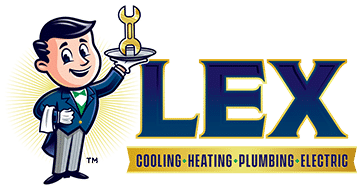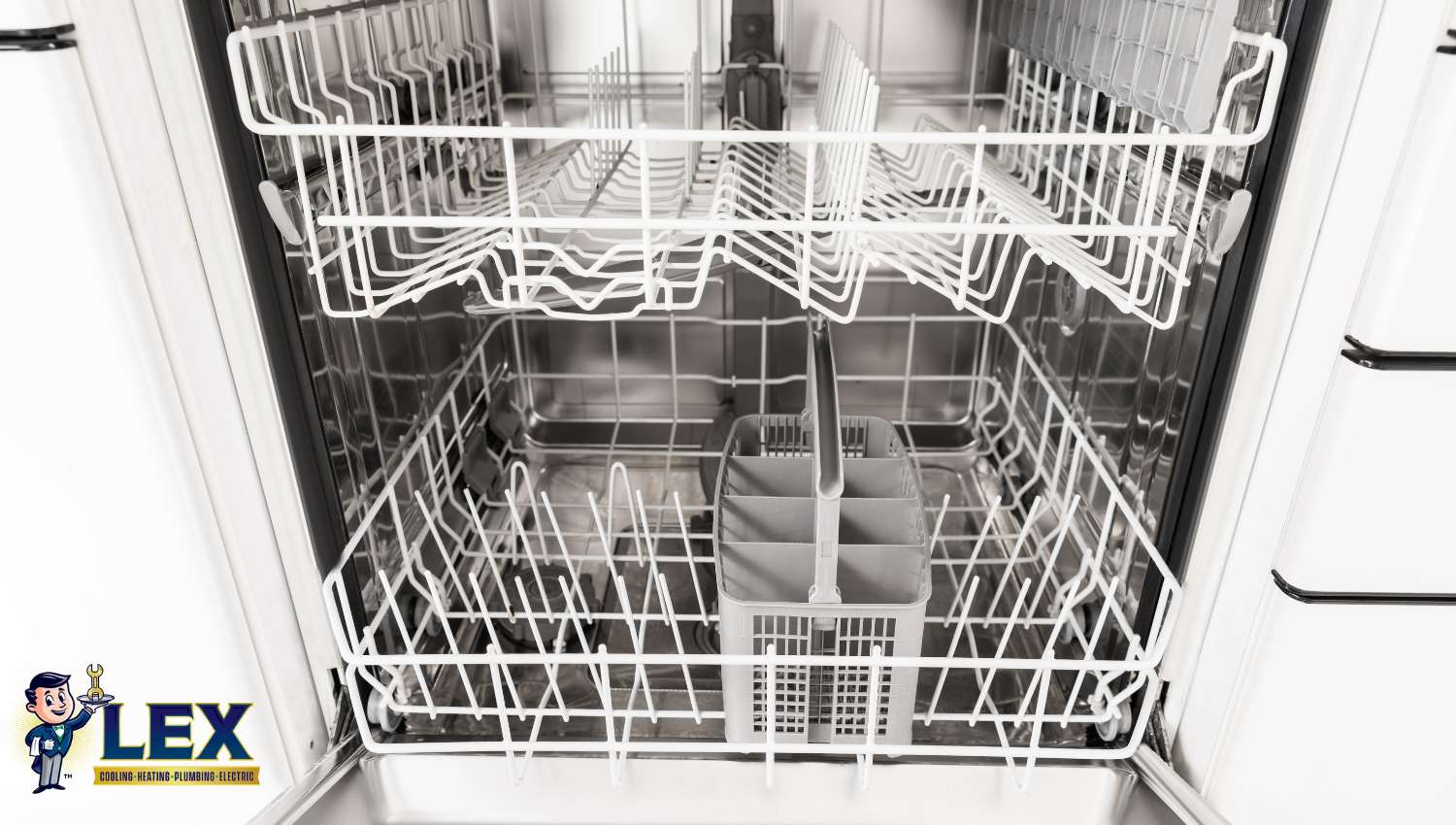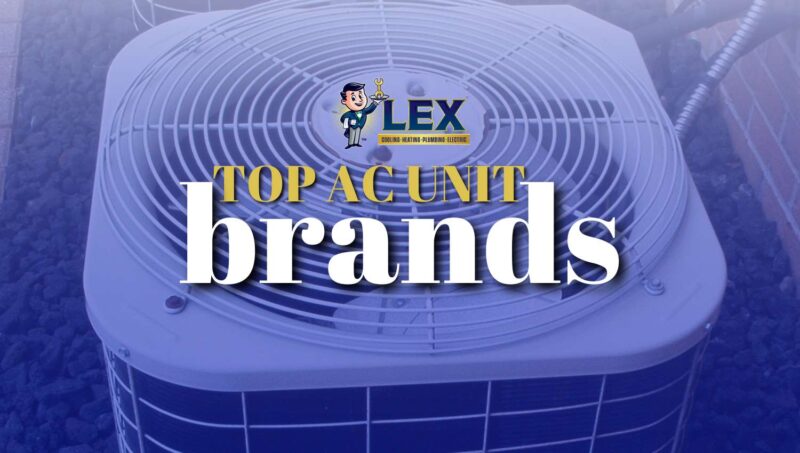An air gap in plumbing is a crucial feature designed to prevent contamination of a home’s potable water supply. It works by creating a physical space between the clean water supply and any potential sources of waste or pollutants, ensuring wastewater cannot backflow into the system.
Most plumbing codes require air gaps, as they are essential for protecting against health risks and maintaining a safe, sanitary water supply in your house. By preventing spills and safeguarding potable water, air gaps play a vital role in modern plumbing systems.
At Lex Plumbing, we specialize in all things plumbing, including air gap installations and maintenance to keep your system running safely and efficiently. Contact us at (972)-217-8955 for more information or to schedule your Carrollton plumbing service today!
What is an Air Gap?
An air gap is a critical plumbing feature that acts as a physical barrier between potable water and potential contaminants, ensuring the safety and cleanliness of your water supply. It is specifically designed to prevent backflow by creating a vertical space between the water supply line and the drain line. This separation ensures that contaminated water or waste cannot be siphoned back into the clean water system, even under pressure or in cases of clogging or blockage.
Air gaps are commonly found in plumbing fixtures such as dishwashers and sinks, where backflow prevention is especially important to maintain sanitary conditions in your kitchen and home. For example, a dishwasher air gap prevents wastewater and food particles from re-entering the clean water line during drainage cycles. Similarly, in sinks, an air gap helps protect against cross-contamination that could occur if the drain line backs up.
Required by most plumbing codes, air gaps play a vital role in protecting public health by reducing the risk of exposure to harmful bacteria and contaminants. By maintaining a safe distance between the potable water supply and waste systems, air gaps ensure that your plumbing system operates safely, hygienically, and in compliance with local regulations. Whether for residential or commercial applications, air gaps are a simple yet essential component of a reliable plumbing setup.
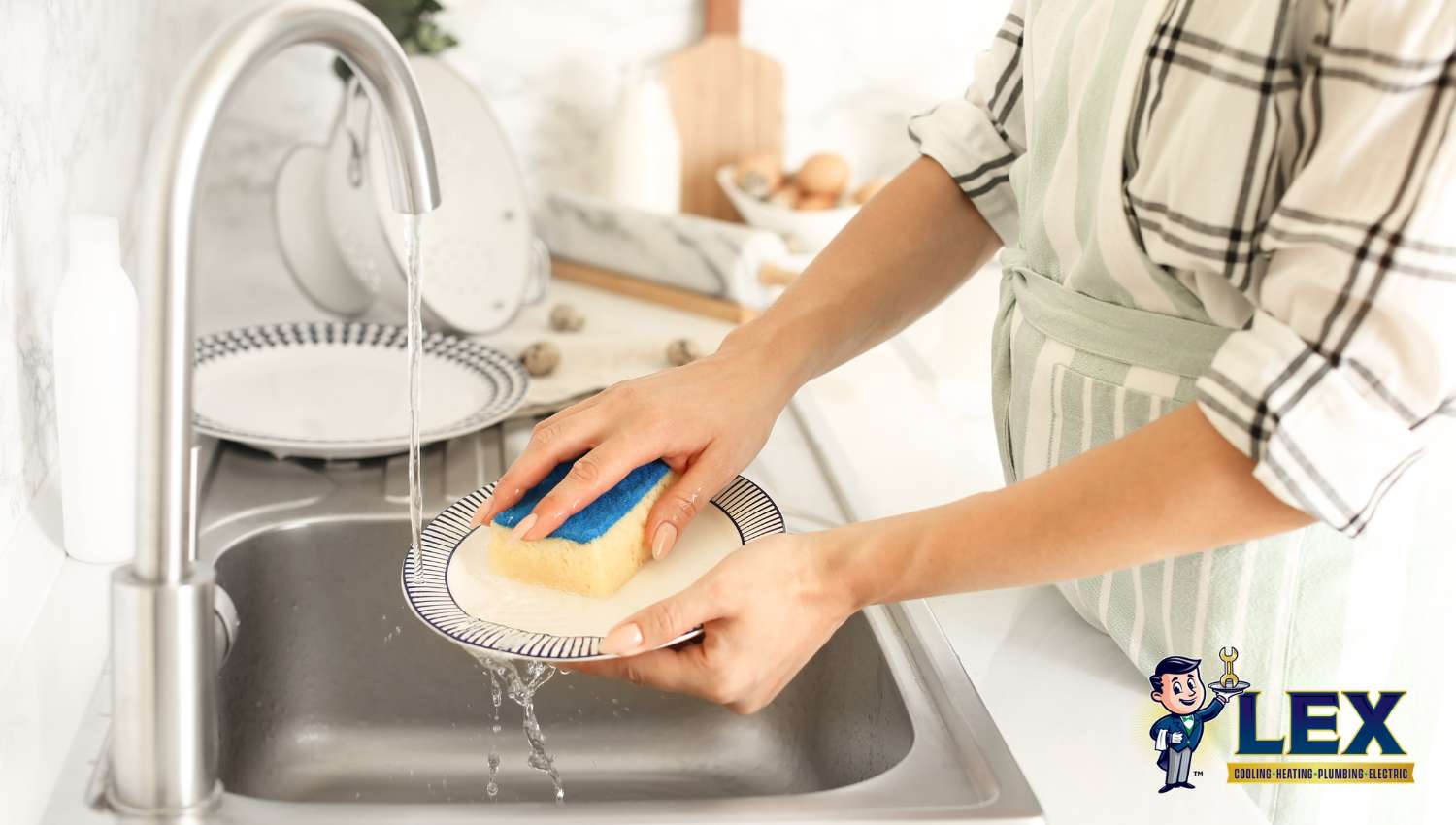
Air Gap vs Air Break
Though they sound very similar, an air gap and an air break are very different from one another. As previously mentioned, an air gap creates a physical separation between the potable water supply and potential contaminants by introducing a vertical space, ensuring complete protection against backflow. This method is highly reliable and often required to protect water systems from cross-contamination.
In contrast, an air break is an indirect connection between the water supply and waste system. While it provides some degree of backflow prevention, it doesn’t offer the same level of security as an air gap. With an air break, there is no vertical space ensuring a complete barrier, which means it’s more susceptible to contamination under certain conditions, such as high water pressure or drain blockages. For this reason, air gaps are the preferred and more widely mandated solution in plumbing systems where public health and water safety are priorities.
Does a Dishwasher Need an Air Gap?
Yes, a dishwasher needs an air gap to prevent contaminated water from flowing back into the kitchen sink or clean water supply, ensuring the overall safety and sanitation of your home’s plumbing system.
A dishwasher air gap works as a critical backflow prevention device, creating a physical barrier between the dishwasher drain line and the water system. This design effectively stops dirty water, soap, and food particles from re-entering the clean water supply in the event of a pressure imbalance or drain line blockage.
When the dishwasher feeds water into the drain during its cycle, the air gap allows water to flow freely into the drain pipe while maintaining a separation to prevent any reverse suction of wastewater. This ensures that your plumbing system remains free of cross-contamination, protecting both your kitchen fixtures and your own personal health.
Most all plumbing codes require dishwasher air gaps as a standard safety measure, as they are among the most reliable solutions for maintaining a sanitary water system. Installing or maintaining a dishwasher air gap is an essential step in keeping your kitchen running efficiently and safely.
Other Common Applications of Air Gaps
Aside from dishwashers, air gaps are also commonly installed in kitchen faucets to prevent sink overflows and backflow of wastewater into drinking water lines. The air gap installed is placed at the highest point between the flow of potable water and the drain pipe, ensuring safe water usage.
Water softeners also often require air gaps to ensure that brine discharge does not flow back into the home’s potable water system. In water softener discharge lines, air gaps ensure backflow prevention by creating a physical separation between wastewater and the freshwater supply, keeping the system free from contamination.
Additionally, air gaps are widely used in commercial kitchens and industrial facilities to protect water supplies during high-pressure cleaning or large-scale operations, preventing backflow and maintaining sanitary conditions for employees and patrons alike.
Are Air Gaps Required?
Yes – air gaps are often required by local plumbing codes as an effective means of protecting the clean water supply from contamination. Here in Texas, air gaps are a requirement for several appliances and certain types of food-handling equipment (Chapter 8, Section 801 of the Texas Plumbing Code).
By creating a physical separation between wastewater and potable water systems, air gaps reduce the risk of backflow and help ensure compliance with health and safety standards. For example, a dishwasher air gap or a high loop on the drain hose prevents wastewater from flowing back into the sink or drain under pressure. These requirements not only safeguard water quality but also reduce liability for property owners by ensuring their plumbing systems meet code regulations.
When Do You Need an Air Gap?
Air gaps are essential when installing new fixtures like a kitchen faucet, new dishwasher, water heater, or water softener. This makes remodeling your kitchen or bathroom an ideal time to inspect existing plumbing and install air gaps for added safety. Whether it’s a sink, dishwasher, or other fixture, installing air gaps can prevent overflow and leaking.
In Carrollton, TX and the DFW area, many building codes require air gaps for certain installations to ensure compliance. Adding an air gap during updates or new pipe installations helps meet local standards and ensures proper system function.
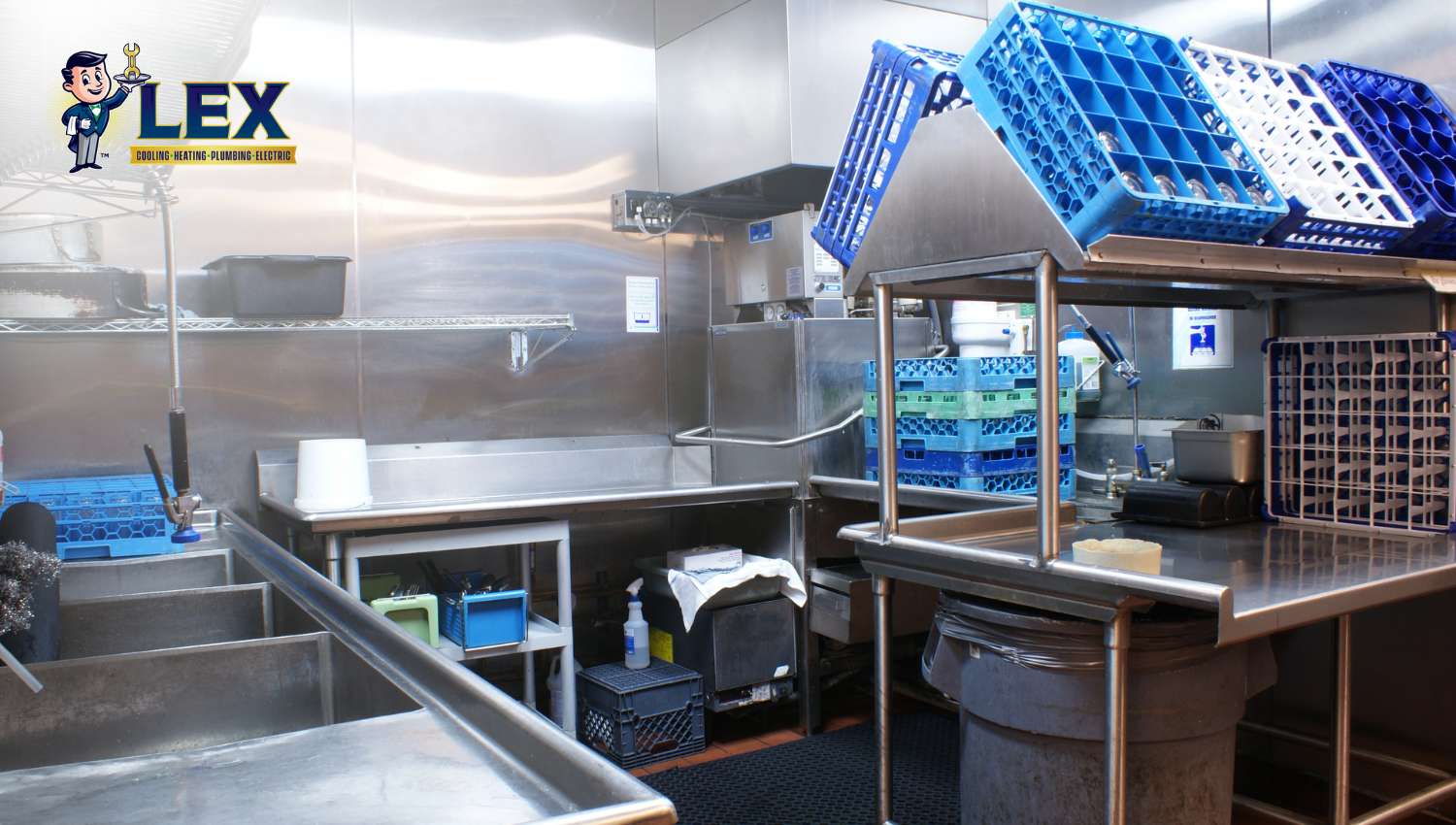
What is the Recommended Distance for an Air Gap?
The recommended distance for an air gap is determined by plumbing code requirements, ensuring enough vertical space between the potable water supply and the potential entry point of dirty water. Typically, however, an air gap should provide an unobstructed space at least twice the diameter of the water outlet pipe. For example, in kitchen sinks, the air gap is installed above the sink’s flood level or on the countertop to maintain a safe distance from any backflow. In some cases, a high loop can be used to increase the vertical space and further prevent contamination. This setup ensures effective protection of the clean water supply.
In Texas specifically, the minimum required air gap is at least twice the diameter of the water supply outlet, though never less than one inch. This measurement is taken vertically from the lowest point of any faucet or pipe to the flood-level rim of the receiving receptacle.
Signs You Might Need Air Gap Maintenance or Replacement
Some signs you may require plumbing maintenance for your air gap include:
- Slow Draining or Clogging: If your sink drain or dishwasher drains slowly, it may indicate a clogged air gap in the plumbing system. This blockage can prevent proper flow through the drain pipe, causing backups in the dishwasher air gap or garbage disposal.
- Water Leaks Near the Air Gap: Water pooling around the air gap on the countertop or floor could mean a blocked drain hose or pipe. These leaks suggest improper drainage and may increase the risk of backflow or contaminated water entering your system.
- Unpleasant Odors: Foul smells near the sink or dishwasher can signal issues with the air gap, such as trapped food particles or improper drainage. These odors may indicate the need for maintenance to keep the system clean and functioning correctly.
How the Experienced Carrollton Plumbers at Lex Can Help
The experienced Carrollton plumbers at Lex Plumbing can help ensure air gaps are installed correctly on all necessary plumbing fixtures, such as a sink drain and garbage disposals, with proper connections to prevent backflow and protect the potable water supply. We also provide regular maintenance to keep air gaps clear of debris and blockages, ensuring moving parts and the drain line functions effectively and your plumbing system stays safe.
Whether it’s repairing a damaged air gap or replacing an outdated one, our certified team at Lex Plumbing offers expert solutions to maintain compliance with plumbing codes and protect you and your water system from contamination.
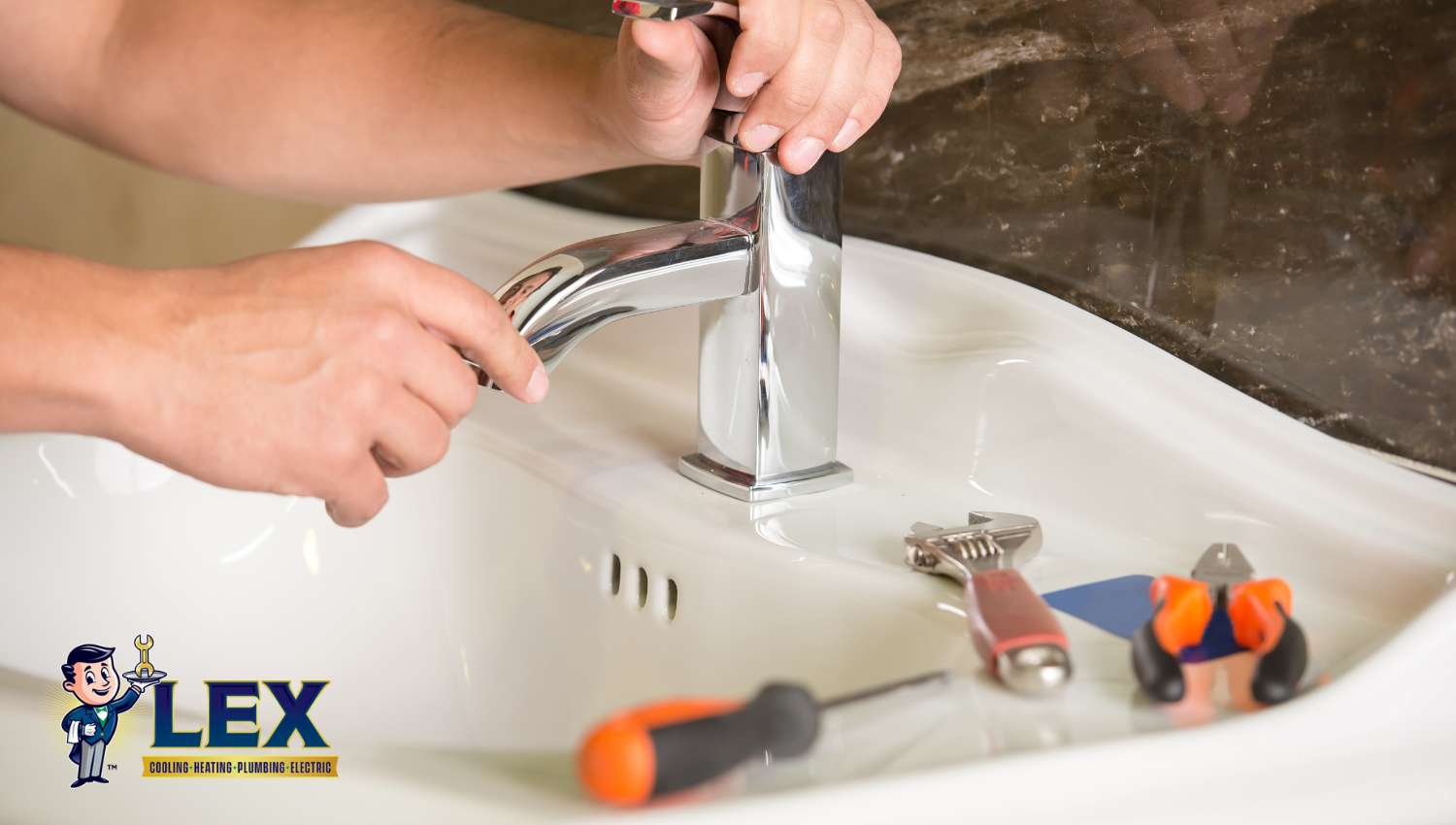
Contact Lex Plumbing for Reliable Air Gap and Plumbing Services in Carrollton, TX
As you can see, air gaps are essential for maintaining a safe and sanitary plumbing system by preventing backflow of dirty water and contamination in critical areas like sink drains, dishwashers, and garbage disposals. Whether it’s ensuring compliance with plumbing code requirements or addressing issues like a clogged drain line, proper air gap installation and maintenance are vital to the functionality of your system.
At Lex Plumbing, we specialize in reliable air gap services, including installations, repairs, and maintenance for faucets, dishwashers, and sink systems. Serving Carrollton, TX, and the surrounding DFW area, our experienced team is here to keep your plumbing system efficient and safe. Contact us today at (972)-217-8955 or reach out online today for trusted plumbing solutions tailored to your needs.
